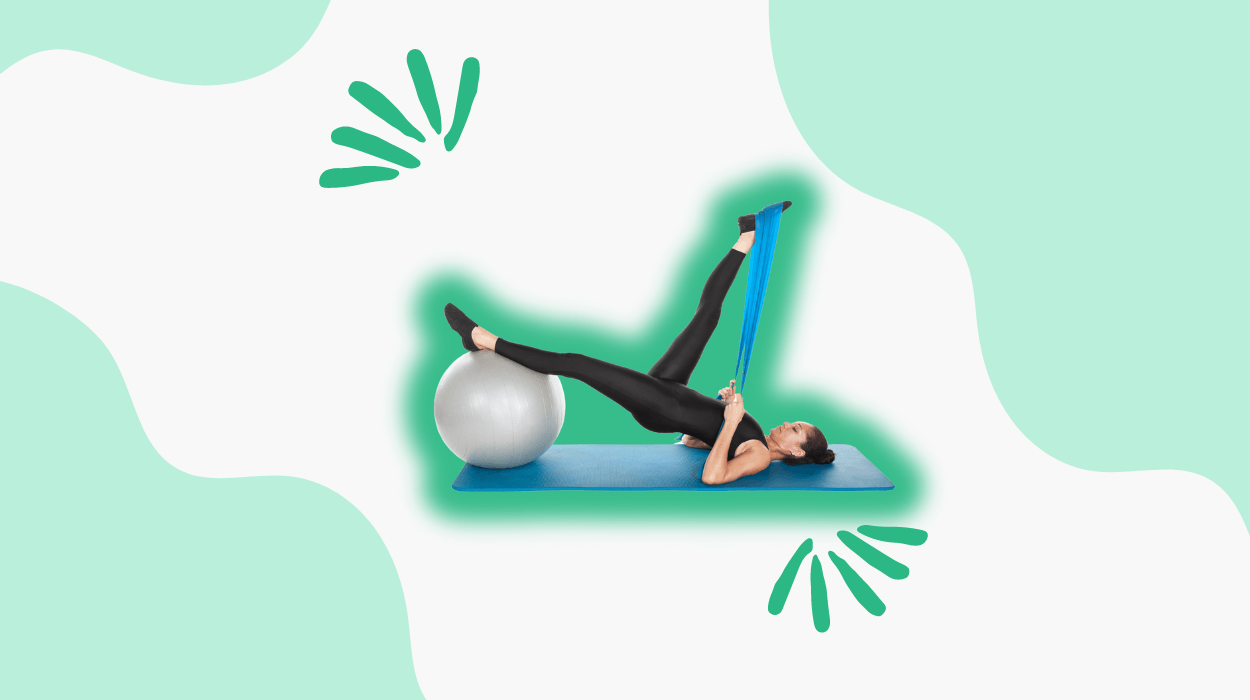

You may seek to achieve a toned and healthy physique. Traditional weight loss methods only focus on fat reduction, giving you a slimmer look without definition.
Although fat loss and muscle building are possible, factors like age, diet, genetics, and hormonal imbalance could hinder your weight management efforts.
Gaining muscle may improve your overall body appearance while also supporting healthy metabolism, bone health, and overall strength.
Combining specific exercises in your workout routine may help strengthen your core muscles while gradually decreasing overall body fat to show desirable results.
This guide will help you understand why it is essential to build muscle while working on reducing surplus weight. Keep reading to learn about the facts you need to consider when building strong muscles and reducing excessive fat.

It is essential to understand your nutritional and exercise requirements completely when starting to enhance your physique through muscle growth and fat loss. Knowing what your body needs is essential to alter your fitness journey effectively.
Here is a breakdown of crucial components to consider when aiming for muscle building and fat loss:
| Nutrition | Exercise | Rest & Recovery |
|---|---|---|
| Protein intake may help support muscle growth. | Resistance training for muscle development. | Adequate sleep for recovery. |
| A balanced diet with essential nutrients. | Include HIIT for fat loss. | Active recovery days to prevent burnout. |
| Caloric needs determined by your activity levels. | Consistent training plan for progress. | Hydration for metabolism support. |
| Caloric cycling for muscle building and fat loss. | Progressive overload for muscle development. | Allow the body time to recover. |
| Consulting professionals for personalized plans. | Variety in exercises for muscle stimulation. | Monitoring progress for adjustments. |
To create an effective plan, consider the following:
It’s essential to balance calorie intake in your fat loss journey to support energy levels during exercise and provide the fuel needed for muscle repair. Sometimes, you might make the mistake of not consuming enough calories while training to build muscle.
To guide you through the process of maintaining a calorie deficit effectively, consider the following table:
| Caloric Needs | Age Group | Daily Caloric Intake |
|---|---|---|
| Women aged 19-30 | 19-30 years | 2,000 calories/day |
| Women aged 31-50 | 31-50 years | 1,800 calories/day |
| Women aged 51+ | 51+ years | 1,600 calories/day |
Instead of solely focusing on weight, consider tracking changes through progress photos, measurements, and how your clothes fit. These methods could provide a more comprehensive view of your body’s transformation.
Keeping a record of your workouts, including strength gains and improvements in power, might help you track your progress over time.
A strategic approach to nutrition could significantly impact your muscle-building and fat-loss journey. Here is a breakdown of critical components to consider in your training nutrition plan:
| Nutritional Components | Importance | Tips |
|---|---|---|
| Adequate Protein Intake | Essential for muscle repair and growth. | Include protein-rich foods like lean meats, eggs, and plant-based sources in your meals. |
| Balanced Carbohydrates | Provide energy for workouts and recovery. | Choose complex carbohydrates like oats, brown rice, apples, and carrots to sustain energy levels. |
| Healthy Fats | Support hormone production and overall health. | Combine sources like avocados, nuts, and olive oil into your diet for a well-rounded nutritional profile. |
It’s important to understand that female results could vary depending on factors including age, genetics, and diet. Generally, a safe and sustainable approach is to aim for a gradual reduction of 1-2 pounds per week and a muscle gain of around 0.5-1 pound per month.
Here are some factors that can make it harder to lose belly fat and gain muscle:
Achieving muscle growth and fat loss could be a challenging yet rewarding journey for you. Focus on fueling your body for muscle growth with nutrient-rich lean protein, healthy fats, and carbohydrates.
Knowing the right approach to losing stubborn body fat and gaining strong muscle may help you achieve your fitness goals faster.
You can combine high-intensity exercise with a balanced calorie diet to elevate your body’s fat-burning ability. Combine 0.8 grams of protein per kg of your body weight into your diet for better endurance and muscle recovery.
Gaining muscles while losing weight is a gradual process that requires patience and consistency throughout the journey.
You can seek support from a trainer who could help you develop a personalized exercise routine and correct posture for effective and visible muscle gains.
Tyler Read earned an undergraduate academic degree from Sonoma State University, California and is a certified personal trainer (CPT) with NASM (National Academy of Sports Medicine). With over 16 years of experience, Tyler has trained clients both online and in-person.
He is passionate about helping others turn their love for fitness into a career. Tyler has worked with many local and commercial gyms before establishing his successful private personal training business, which he continues to operate.
